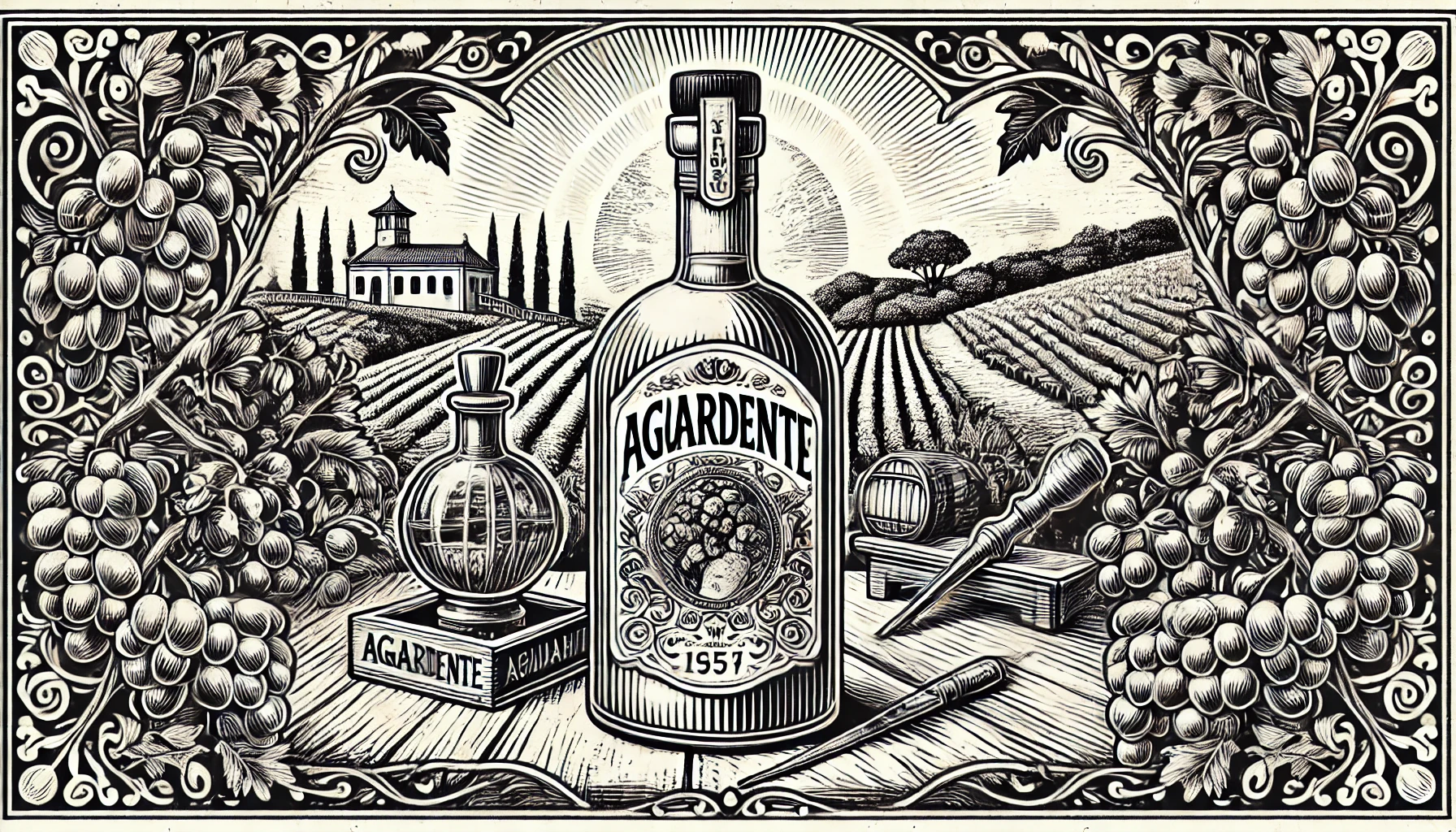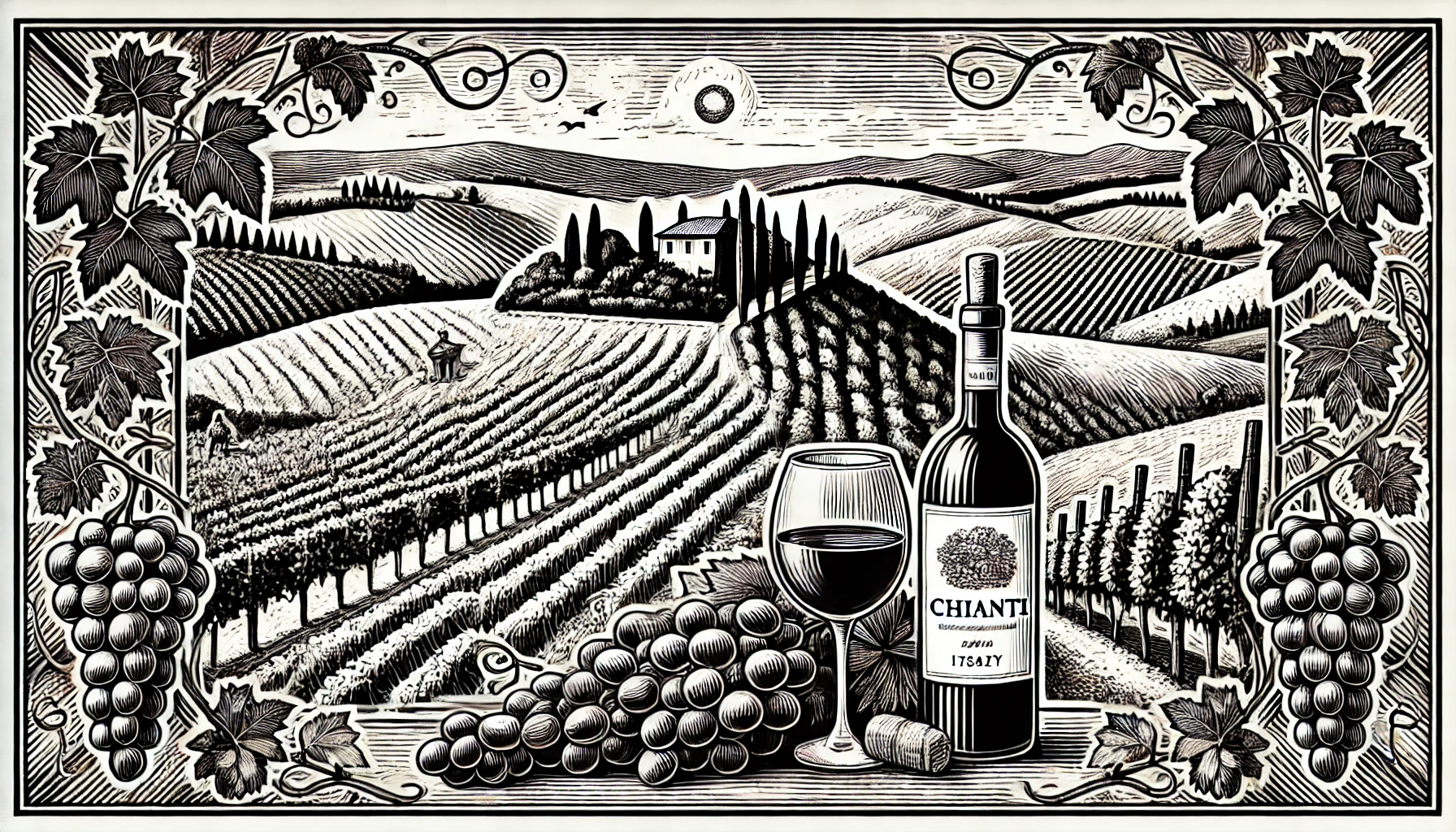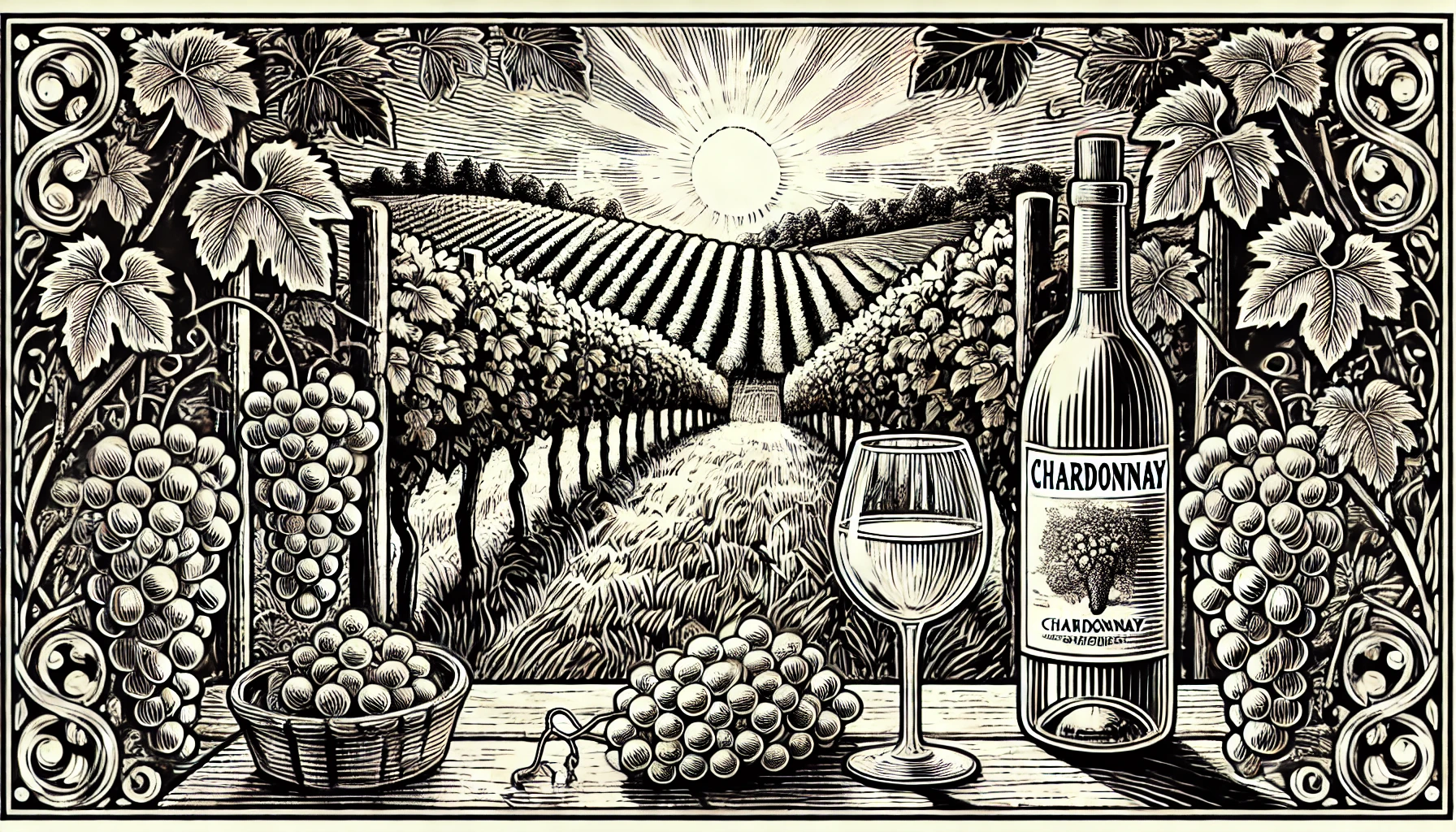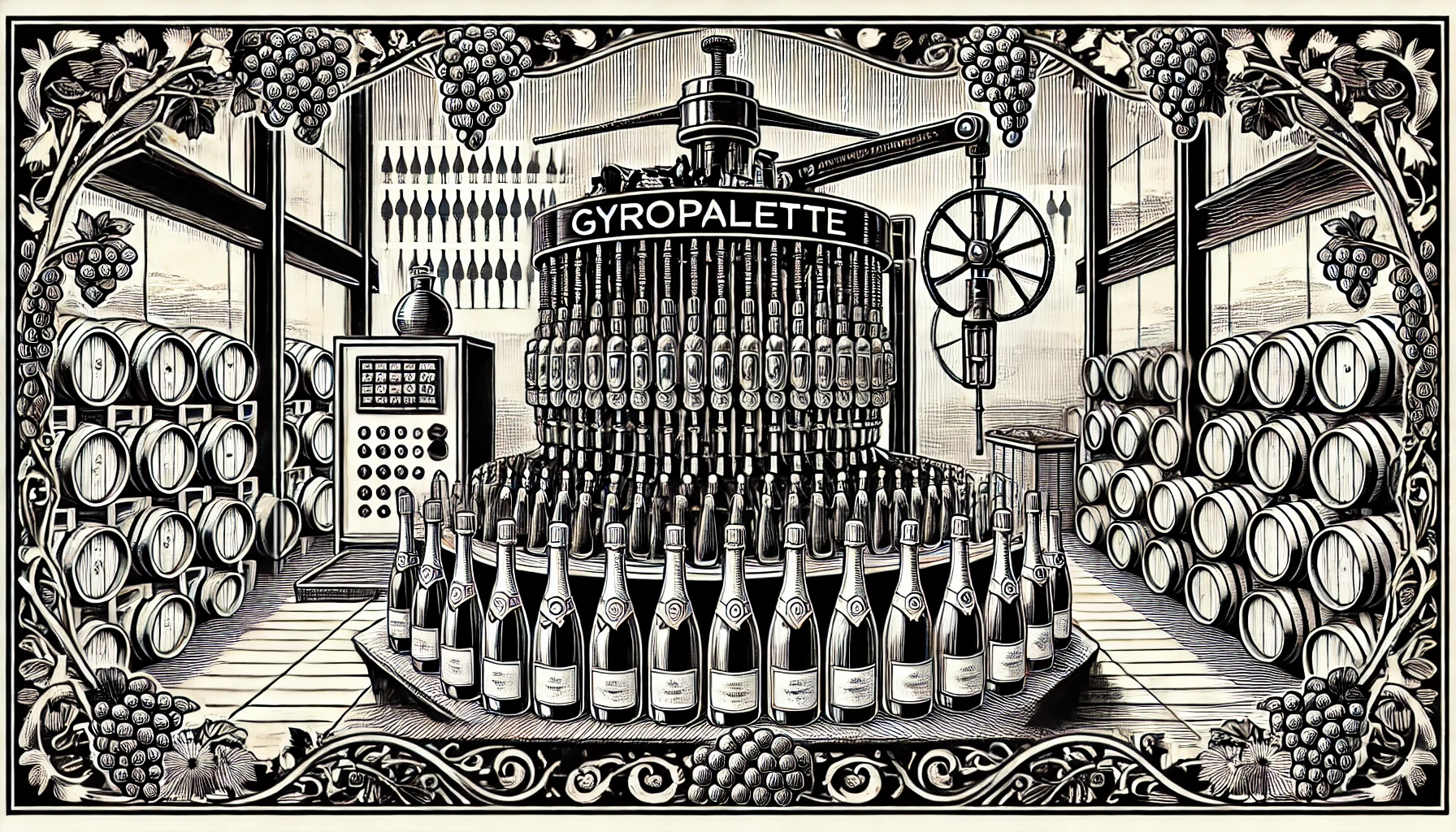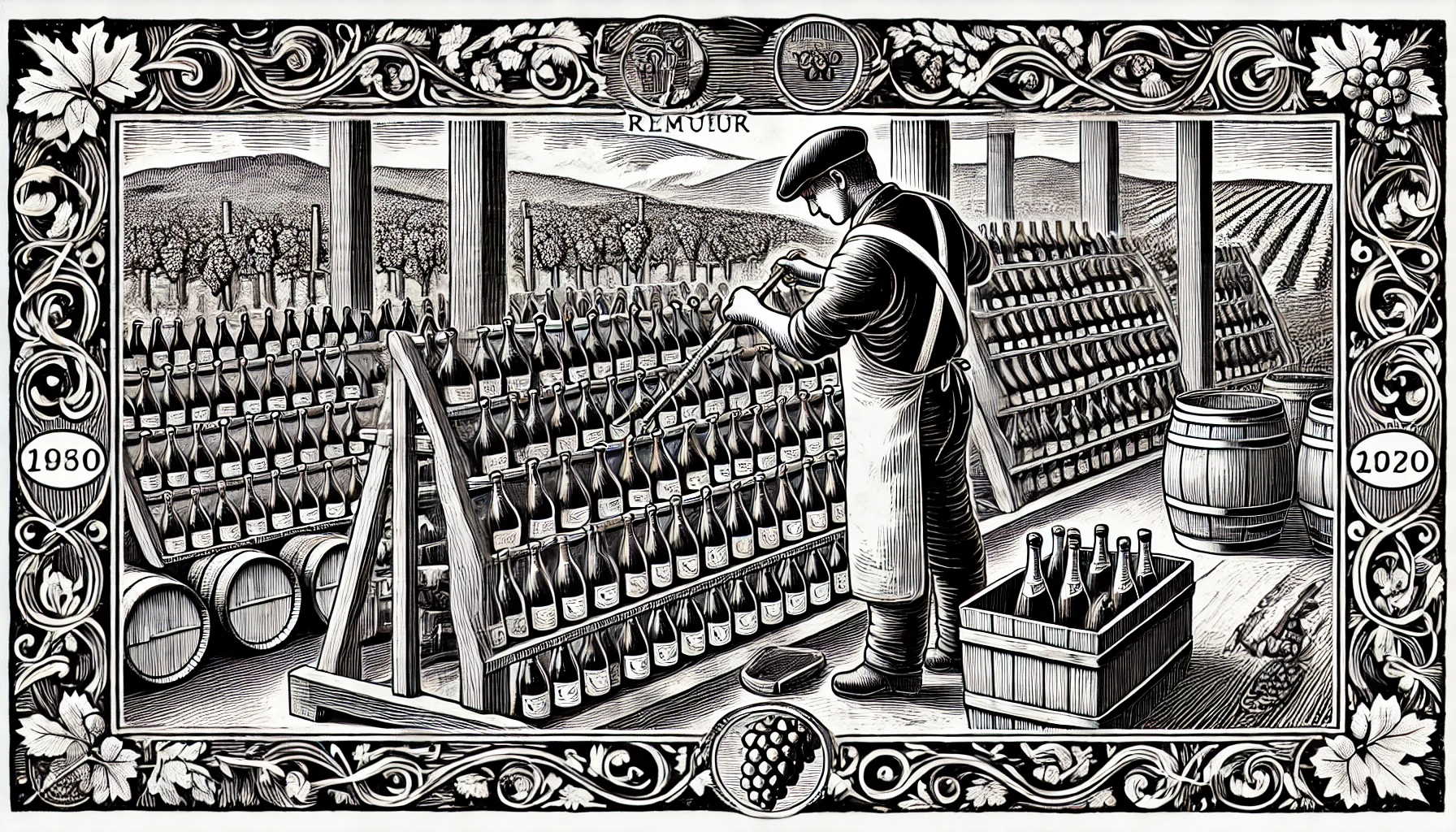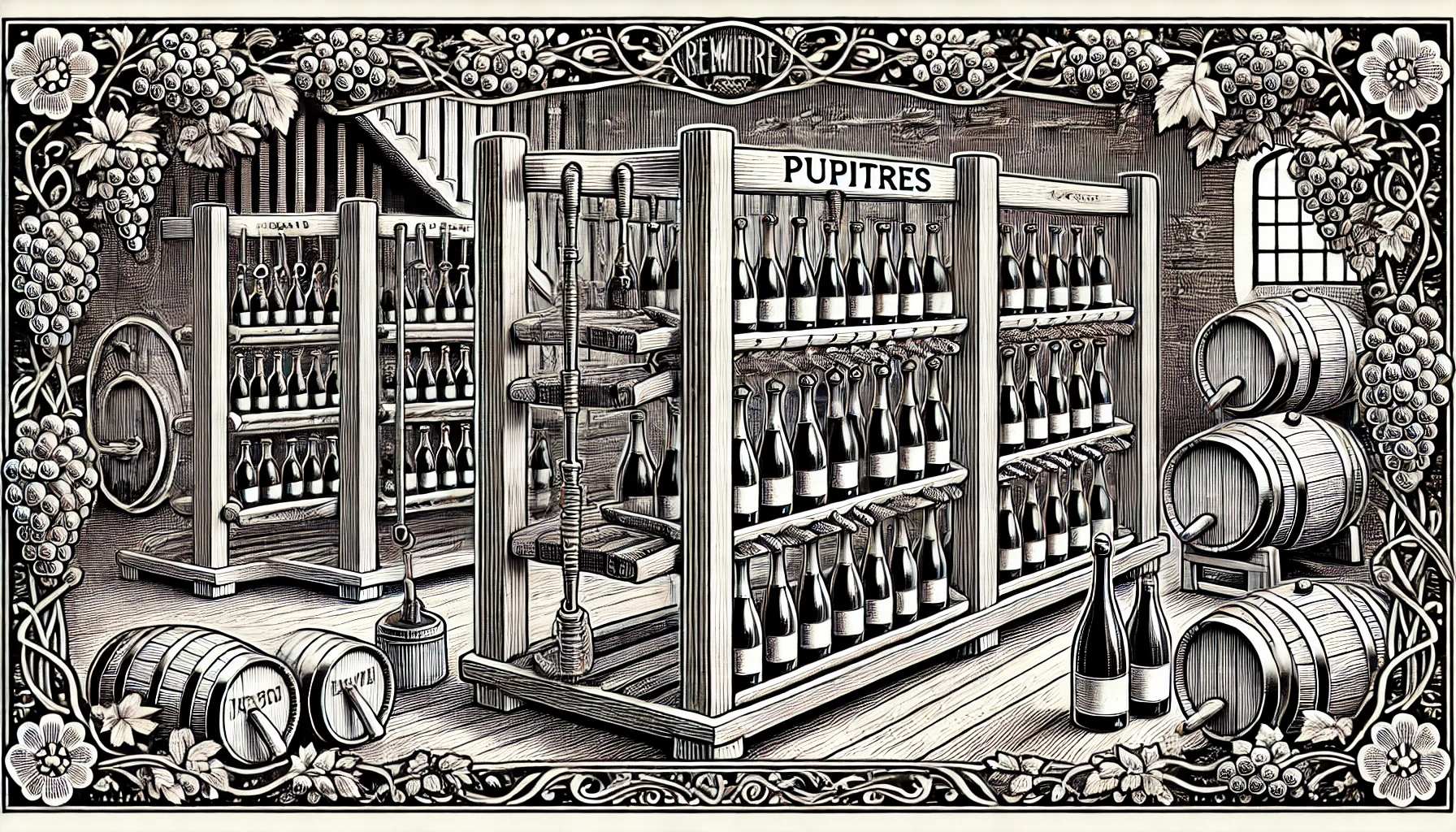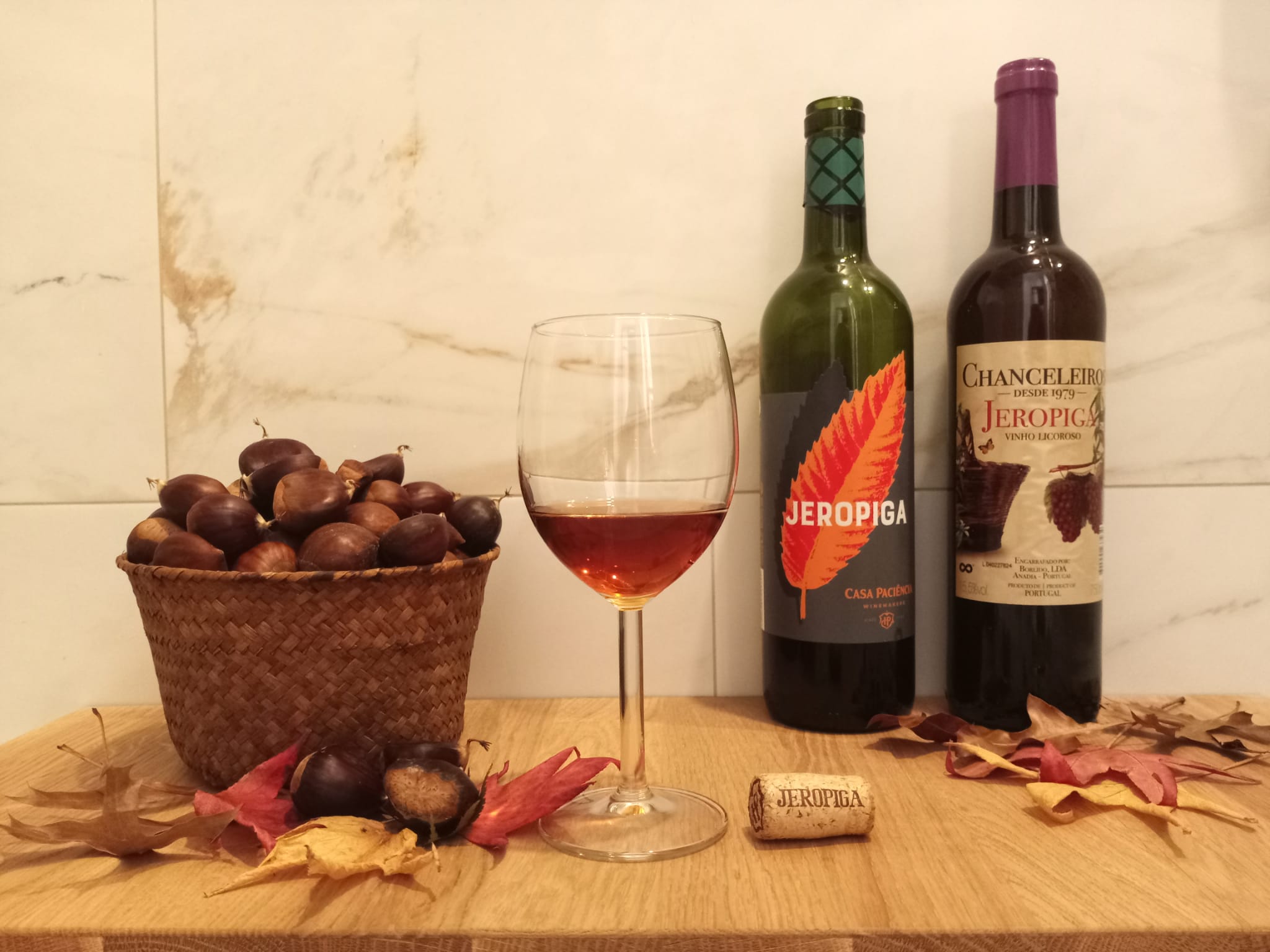
When you think of Portugal, what comes to mind? Maybe it’s the rich, velvety tones of port wine, or perhaps the bright and crisp flavor of vinho verde on a warm summer day. But what if I told you there’s another drink, one that’s lesser-known, sweeter, and just as tied to Portuguese tradition? Enter Jeropiga, a sweet, punchy drink that is as much a part of Portugal’s winemaking heritage as the vines themselves.
What Exactly Is Jeropiga?
Jeropiga (pronounced jeh-roh-PEE-gah) is a fortified wine made by mixing grape must (unfermented grape juice) with aguardente, a type of Portuguese brandy. The result is a sweet, strong, and slightly syrupy wine that doesn’t quite fit neatly into any one category. It’s not exactly a wine, not exactly a liquor, but something delightfully in-between.
Traditionally, Jeropiga is made during the grape harvest season, adding to its seasonal charm. After the grapes are pressed for wine, some of the must is set aside for Jeropiga, keeping the wine unfermented. Aguardente is added to halt fermentation before it can really begin, keeping the natural sweetness of the grape juice intact. What you’re left with is a drink that’s sweet, strong, and undeniably Portuguese.
A Sweet History
Jeropiga has been around for centuries, and while it might not have the same fame as other Portuguese beverages, it’s deeply tied to rural traditions. Farmers would make Jeropiga during harvest time, using it as a treat to enjoy after long days in the vineyard. It was also often shared during special occasions and festive times, becoming a symbol of celebration.
In many Portuguese households, Jeropiga is a homemade drink, passed down through generations with each family having their own special twist on the recipe. While commercial bottles of Jeropiga are available, the homemade versions are where you’ll find the heart and soul of this drink. It’s the kind of thing you’ll get offered at someone’s dinner table in the countryside. Often, it is accompanied by a knowing smile and a few stories about the harvest season.
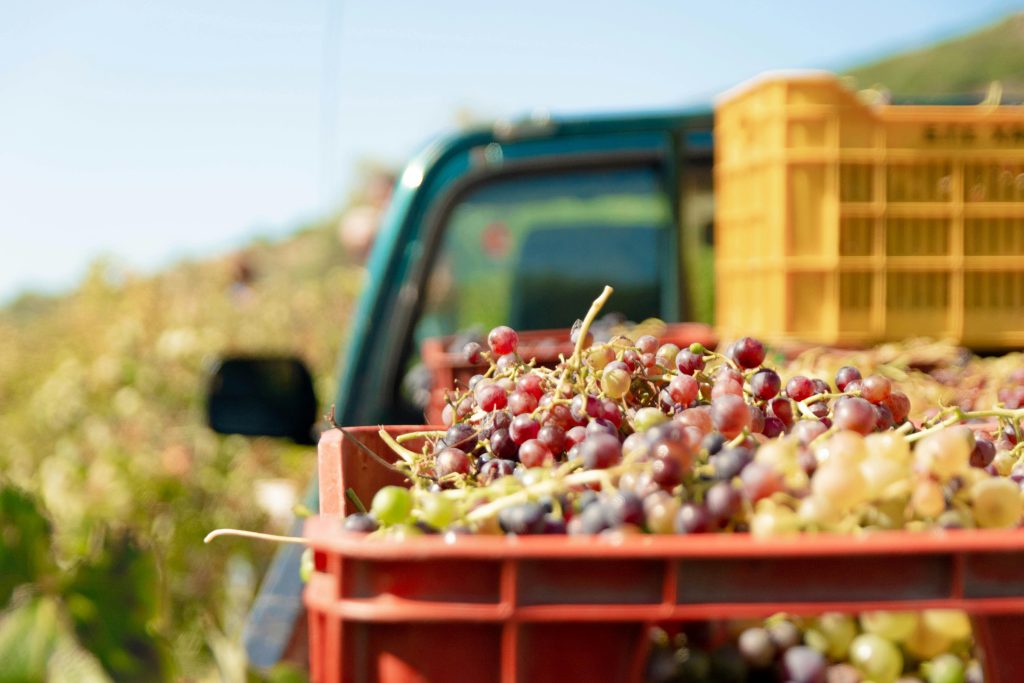
How Does It Taste?
Now, let’s get to the fun part—the taste! Jeropiga is rich, sweet, and intense. Imagine the concentrated flavor of fresh, ripe grapes, but with a warming kick of brandy. It has a thick, syrupy texture that coats the tongue, making it perfect for sipping slowly, much like a dessert wine.
If you enjoy the sweetness of port or a late-harvest wine, you’ll love Jeropiga. But don’t be fooled by the sweetness—it’s strong, thanks to the aguardente. This is not a drink you gulp down, but rather one you savor.
When and How to Enjoy Jeropiga
Jeropiga shines as a drink to end a meal. Traditionally, it’s served as a digestif, meaning it’s meant to help you digest your meal after dinner. Because of its sweetness, it pairs beautifully with desserts—especially Portugal’s famous pastries like pastel de nata or bolo de mel (honey cake).
Another time you’ll often see Jeropiga is during festivals and holidays. In many parts of Portugal, it’s customary to break out the Jeropiga during major celebrations, like Christmas or harvest festivals. It’s a drink for special occasions, a little sweeter, a little more indulgent than your everyday table wine.
Want to really get the authentic experience? Try drinking Jeropiga with roasted chestnuts during the Magusto festival, which celebrates Saint Martin’s Day in November. The combination of the roasted chestnuts and sweet Jeropiga is something you’ll never forget.
The Tradition of “Tinta”
Jeropiga is not only enjoyed on its own—it also plays a special role in making vinho abafado or tinta, a rustic, traditional Portuguese wine. Tinta is often made by adding Jeropiga to the must of red wine during fermentation, creating a sweet, slightly fortified wine. It’s like giving regular wine an extra boost of sweetness and alcohol.
The practice of making tinta goes back generations and is still common in rural parts of Portugal. This wine doesn’t often make it to the shelves of wine shops, but it’s a beloved part of the country’s winemaking tradition, enjoyed at family dinners and local festivals.
Jeropiga vs. Port: What’s the Difference?
At this point, you might be wondering how Jeropiga differs from Portugal’s famous port wine. While both are sweet, fortified wines, they’re quite different in terms of production and taste.
Port wine undergoes fermentation. It’s only at a certain point in the process that aguardente is added to stop the fermentation and maintain some sweetness. With Jeropiga, aguardente is added much earlier, stopping the fermentation process before it even starts. That’s why it is often sweeter and fruitier than port, with a flavor that’s more like fresh grape juice than aged wine.
Also, Jeropiga is typically less complex than port. Where port has layers of flavor that come from years of aging, Jeropiga is more straightforward—it’s meant to be enjoyed young and fresh, often within a year or two of being made.

A Disappearing Tradition?
Despite its deep roots in Portuguese culture, Jeropiga is not as widely known today. In the age of mass-produced wine, this rustic, homemade drink has become a bit of a rarity. But for those in the know, it remains a beloved part of Portugal’s winemaking heritage.
In rural areas, families still make their own Jeropiga during the harvest season, sharing it with friends and neighbors. But commercial production is limited, and you’re unlikely to find it outside of Portugal. It’s one of those hidden gems that hasn’t yet made its way to the global wine scene.
How to Find Jeropiga
If you’re lucky enough to visit Portugal, especially during the harvest season, you might stumble upon Jeropiga at a local festival or in a countryside restaurant. In regions like Alentejo or the Douro Valley, you can often find it in small, family-run wineries or local markets.
For the adventurous at heart, you can even try making your own Jeropiga! While it’s a bit tricky to find grape must and aguardente outside of Portugal, if you can get your hands on the ingredients, the process is relatively simple. And there’s nothing quite like sipping a glass of homemade Jeropiga at the end of a meal, knowing you made it yourself.
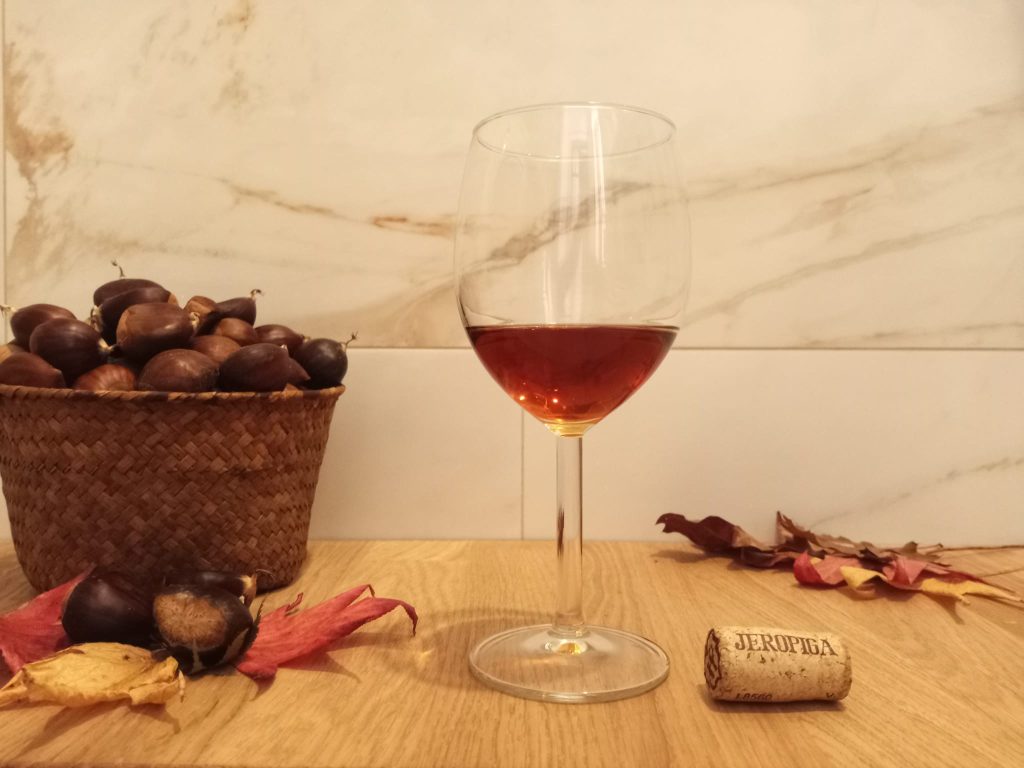
Jeropiga and the Future
While Jeropiga remains a niche drink, there’s potential for it to gain more recognition. As the world becomes more interested in artisanal, small-batch wines, drinks like Jeropiga could see a resurgence in popularity. It has all the elements of a great story: it’s tied to tradition, it’s unique, and it tastes amazing.
Perhaps one day, it will find its way to wine bars and restaurants outside of Portugal. But for now, it remains a sweet secret, passed down through generations and enjoyed by those lucky enough to know where to find it.
